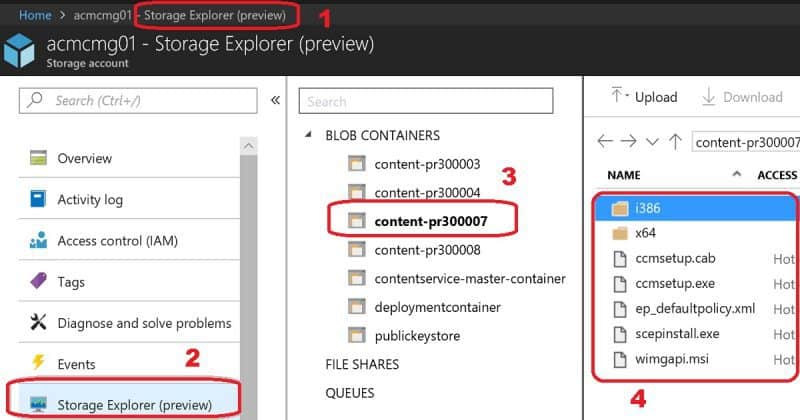
If you have more than 5tb worth of data, you will need to think about creating additional storage accounts and file shares.

An Azure file share has a maximum size limit of 5tb. The file share holds all the data and replicates, if chosen, to other servers in the same sync group. Azure File Share – An Azure file share is required to store all the data of which is uploaded to Azure.This is based upon cost and how your organisation would like the data stored. It is not a requirement to choose a certain type of replication for the storage account, this can be locally redundant storage (LRS), zone redundant storage (ZRS), geo-redundant storage (GRS) or read-access geo-redundant storage (RS-GRS). Storage Account – To set up AFS, you will need to create a storage account to hold the data.This will store all the resources required for File Sync to be set up. Resource group – A resource group will need to be created first.The following resources are the main concepts for Azure File Sync AFS has become a very useful tool to provide a cloud alternative solution as opposed to using the traditional on-premises file servers. risual has been using this solution for the last 6 months as part of a global transformation project. In the last week, Microsoft have announced Azure File Sync to become generally available, resulting in a lot more organisations now more inclined to use the solution within their production environments. Files that are stored within the Azure File Share can be cached and tiered to on-premises servers removing the requirement of large physical disks. Azure File Sync (AFS) is a solution developed by Microsoft to allow organisations to use Microsoft Azure as a centralised platform for files and company data, whilst also maintaining the performance and compatibility of the existing on-premises file server solutions which have been used for many years.


 0 kommentar(er)
0 kommentar(er)
